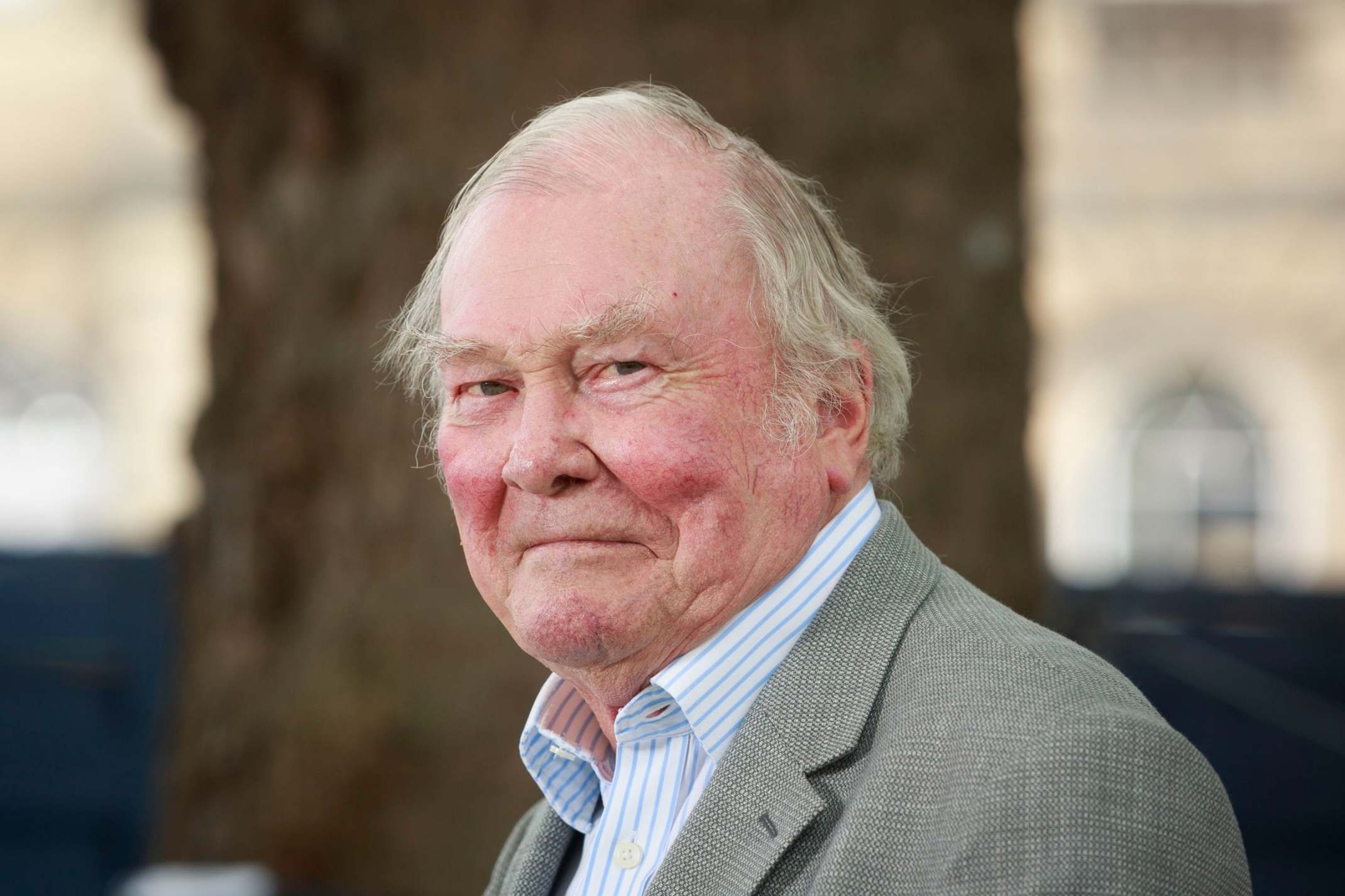Stephen Fay: Versatile journalist and writer who always played a straight bat
Whether his views on finance, the arts and cricket excited approbation or provoked indignation, the quality of thought behind them meant that they could never be ignored

Your support helps us to tell the story
From reproductive rights to climate change to Big Tech, The Independent is on the ground when the story is developing. Whether it's investigating the financials of Elon Musk's pro-Trump PAC or producing our latest documentary, 'The A Word', which shines a light on the American women fighting for reproductive rights, we know how important it is to parse out the facts from the messaging.
At such a critical moment in US history, we need reporters on the ground. Your donation allows us to keep sending journalists to speak to both sides of the story.
The Independent is trusted by Americans across the entire political spectrum. And unlike many other quality news outlets, we choose not to lock Americans out of our reporting and analysis with paywalls. We believe quality journalism should be available to everyone, paid for by those who can afford it.
Your support makes all the difference.As individual on the page as he was in the flesh, Stephen Fay, who has died aged 81, undoubtedly grew up with printing ink coursing through his veins. For more than 40 years, amid a remarkably varied spectrum of interests that embraced business, finance, culture and cricket, he supplied lively and meticulous copy to a wide range of magazines and newspapers that included The Independent. Whether his views excited approbation or provoked indignation, the quality of thought behind them meant that they could never be ignored. When challenged he would rigorously defend his cause.
Of Irish ancestry, Stephen Francis John Fay was born in the Lancashire town of Littleborough, the only son of a Manchester Guardian journalist. Following his father Gerard’s move to become the paper’s London editor, Fay spent his formative years in the capital. Educated at Highgate School, he later won a Beaverbrook Scholarship to study at the University of New Brunswick in Canada. In 1961, he began his journalistic career on the Glasgow Herald before, three years later, moving to The Sunday Times. A member of the paper’s award-winning Insight team, he later became Washington correspondent.
His first book, Measure for Measure: Reforming the Trade Unions, appeared in 1970. Two years later, in partnership with Sunday Times colleagues Lewis Chester and Magnus Linklater, he produced Hoax, telling the tale of Clifford Irving’s fake autobiography of Howard Hughes. Then, a collaboration with his great friend Phillip Knightley resulted in The Death of Venice, a dark and troubling tale of industrial pollution and city corruption on a massive scale. Proving no less controversial was another book, Portrait of an Old Lady: Turmoil at the Bank of England. Fay turned a highly revealing spotlight on the many unseemly comings and goings in Threadneedle Street.
The Great Silver Bubble told of an audacious plot by the House of Saud and the Texan family of Nelson Bunker Hunt to inflate the price of silver. In contrast, The Ring: Anatomy of an Opera, focused on the celebrated 1983 Bayreuth centenary production of Wagner’s epic work, directed by Sir Peter Hall and conducted by Sir Georg Solti. Hall himself, particularly his work at the National Theatre, became the subject of Fay’s Power Play: The Life and Times of Peter Hall.
Completed in only nine weeks, The Collapse of Barings remains a fine piece of investigative journalism, as it details how rogue trader Nick Leeson helped bring down the bank.
After leaving The Sunday Times in 1984 and in between spells as a freelance writer, Fay became editor of Business Magazine in 1986. In 1989, he joined the soon to emerge Independent on Sunday, appointed deputy editor to Stephen Glover. Departing in 1991, he returned five years later, initially as Rosie Boycott’s deputy, before briefly serving as acting editor. In the meantime, he quickly became a fixture on the cricketing circuit. In 2000, taking charge of Wisden Cricket Monthly, he stayed with the magazine until it merged with The Cricketer in 2003.
Having opened his cricketing innings with a masterly account of Devon Malcolm’s 1994 rout of the South African tourists at The Oval, over the next quarter of a century his style remained factual and technically descriptive as he effortlessly converted each day’s proceedings to print with great authority. While noted for his support of aspiring young writers, he also delighted in the time spent chewing over new ideas with cricketers he had come to know and respect over the years. For him, this sharing of experiences was what the job of a cricket writer was all about. He was a sociable lover of the grape and Private Eye once dubbed him Captain Claret.
Amid contributions to Wisden Cricketers’ Almanack and a fine obituary for his friend and colleague Christopher Martin-Jenkins in The Independent, Fay’s more expansive writings on the game began in 2005 with Tom Graveney at Lord’s. A member of the Marylebone Cricket Club himself, here Fay enjoyed exploring the many machinations of this most august body as seen through the eyes of the first professional cricketer to become its president. A later award winning-collaboration with social historian David Kynaston created what sadly became his valedictory volume, Arlott, Swanton and the Soul of English Cricket.
He is survived by his wife Prudence, and a son and a daughter.
Stephen Fay, journalist and writer, born 14 August 1938, died 12 May 2020
Join our commenting forum
Join thought-provoking conversations, follow other Independent readers and see their replies
Comments